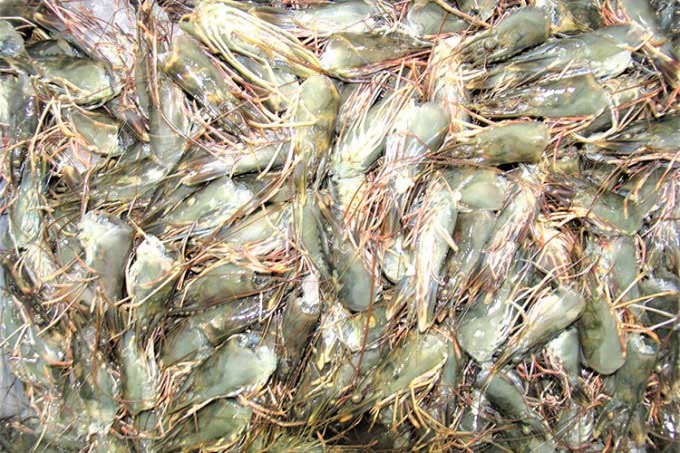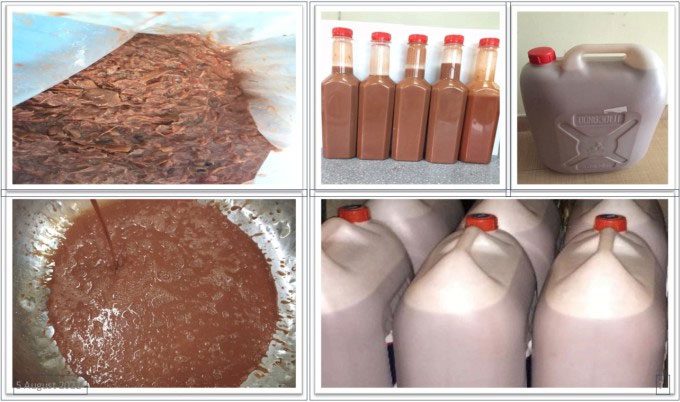Natural fermentation technology processes shrimp heads into protein-rich liquids used in fish sauce, sauces, and food additives, significantly enhancing their value compared to traditional methods.
Research by Dr. Pham Minh Quoc, Head of the Food Technology Department at Nguyen Tat Thanh University, was presented at the “Technology Idea Connection” event organized by the Ho Chi Minh City Department of Science and Technology on August 9.
According to Dr. Quoc, the head constitutes 35 – 42% of a shrimp, containing high levels of protein, lipids, and minerals. However, it is currently purchased at only 2,000 – 3,000 VND per kilogram or processed using traditional methods that involve inorganic acid (HCl) hydrolysis for animal feed. This technology requires high investment costs, potentially reaching millions of USD, and still produces odors that negatively impact the environment.
To increase the value of shrimp by-products, Dr. Quoc has researched a natural fermentation process that is cost-effective. In this method, the shrimp heads are separated from the meat and shells, with the meat being further fermented using additives and temperature control to activate enzymes and microorganisms. This process helps convert shrimp meat into sweet amino acids, enhancing its aroma while controlling spoilage bacteria during degradation. The nutrients in the shrimp meat are preserved and not broken down.

The technology helps utilize shrimp heads into high-value products. (Photo: ST)
Dr. Quoc emphasizes that the entire process does not use chemicals and does not generate wastewater that pollutes the environment. The shrimp meat is processed into liquid protein extracts and viscous protein used for making fish sauce, dipping sauces, and shrimp fish sauce. The powder from the shrimp heads, after being finely ground, serves as an ingredient for food additives. The liquid from the shrimp intestines and waste is processed into animal feed.
According to calculations, using inorganic acid hydrolysis technology, one kilogram of shrimp head material processed into animal feed costs over 50,000 VND. The fermentation technology yields liquid protein extracts costing over 200,000 VND per kilogram. When used with additives, this extract can be transformed into fish sauce, dipping sauces, or food additives, significantly increasing its value.
“The entire processing system operates with machinery designed locally, with costs around 5 – 6 billion VND for a scale of several dozen tons per day,” Dr. Quoc stated, expressing readiness to connect with businesses for technology transfer.

Dr. Quoc’s technology for processing shrimp heads into food protein. (Photo: NVCC)
According to Nguyen Duc Tuan, Acting Director of the Information and Statistics Center at the Ho Chi Minh City Department of Science and Technology, the domestic seafood industry provides 4 – 4.5 million tons of raw materials annually for processing, including about 1 million tons of by-products. The technology for processing seafood by-products, including shrimp, brings significant added value, contributing not only to economic efficiency but also to environmental protection.
“We will support organizations in need of technology to connect with suppliers for technology transfer, contributing to the development of the seafood by-product processing industry,” Tuan said.


















































